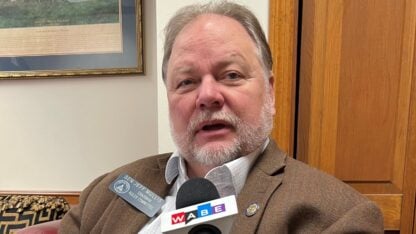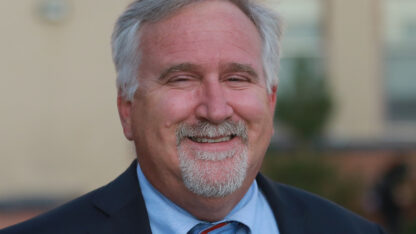Closing The Gap: How Georgia Plans To Produce More High School Graduates — Part 2
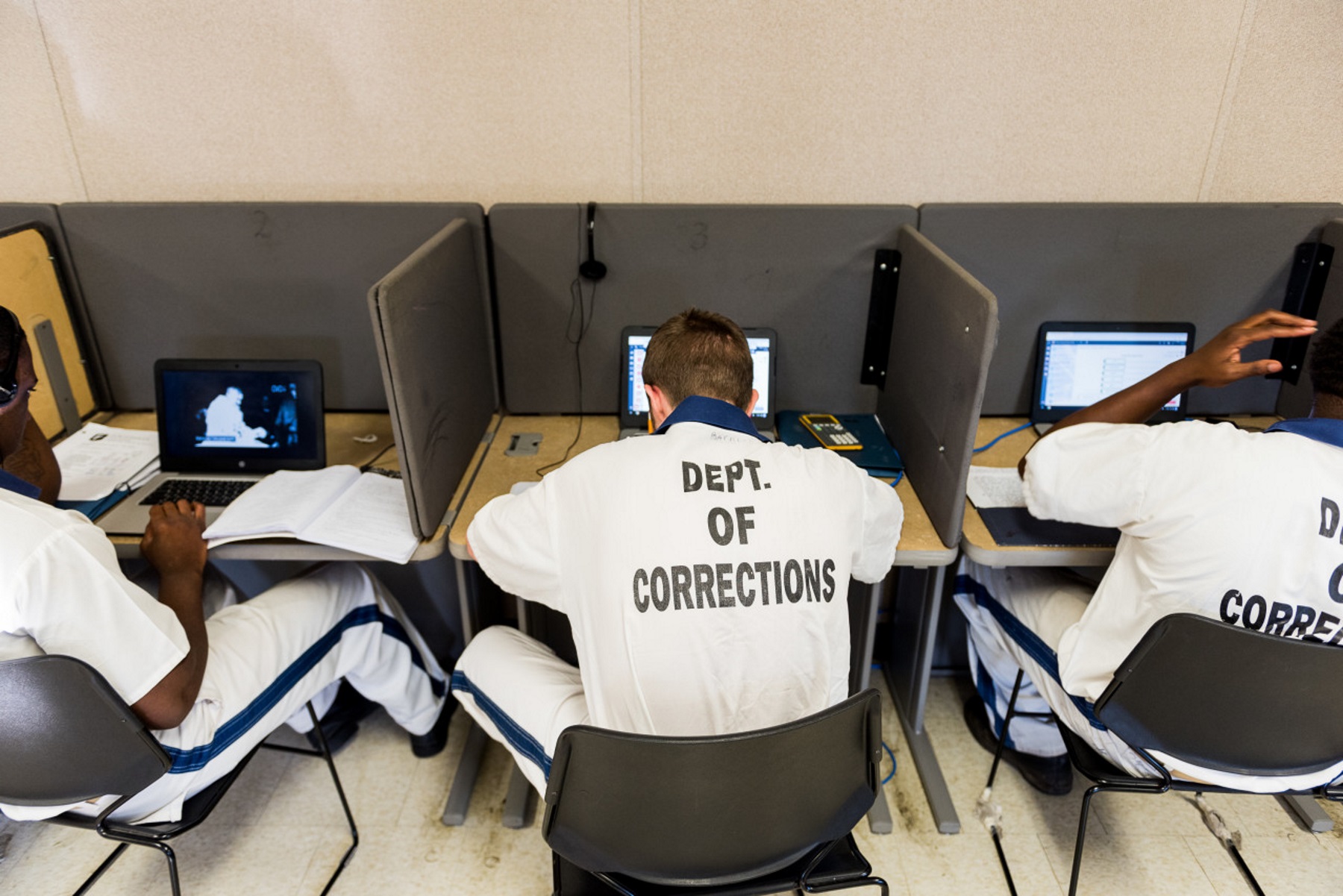
Foothills students work at their own pace while completing coursework, which is computerized. This is one of three charter schools in Georgia’s state prisons.
Cory Hancock / Special to WABE
Graduation season is approaching. Last year, 81.6% of Georgia’s public high school students graduated on time. That means almost 20% didn’t. Some may take longer to finish school. Others may have stopped going. It can be challenging to ‘recover’ those who’ve dropped out. However, there are programs that do.
The Technical College System of Georgia offers GED preparation courses. So do some local public school districts. Then in 2015, state officials decided to offer high school diplomas to a population with a high number of dropouts: state prisoners.
Getting Off The Ground
The concept is based on a program started by Mountain Education Charter High School. It’s a network of 16 charter schools aimed at giving students who’ve dropped out a ‘second chance’ to finish high school.
Wanting to give inmates a second chance, too, in September 2015, Georgia opened its first prison charter high school at Lee Arrendale State Prison, north of Gainesville.

Months later, officials opened a second site at the Burruss Correctional Training Center in Forsyth. In October 2017, they opened a third location at Phillips State Prison in Buford. The schools all go by the same name: Foothills Education Charter High School.
“When we started this program, we had about 5,000 inmates who had not made it to high school,” said Anthony Jenkins, the regional corrections coordinator for Foothills. “We thought it would be a great idea to offer the high school diploma.”
In Georgia, about 50% of inmates lack a high school diploma or GED. That’s down from 70% a few years ago.
The Burruss Correctional Training Center is an all-male facility located about 65 miles south of Atlanta. The campus sits behind yards of fencing and barbed wire. The facility, which can house about 800 inmates, also includes a library and a multipurpose room used for church services. Classes are held in a separate, freestanding building.
Jenkins says Foothills is so popular that there’s a waiting list to get in.
“They’re anxious,” he said. “They volunteer. They come into the program because education is voluntary. It’s not mandatory in corrections.”
So far, 263 inmates have earned diplomas through the Foothills program. The idea is to ensure they leave prison with credentials so they can continue their education or find a job.
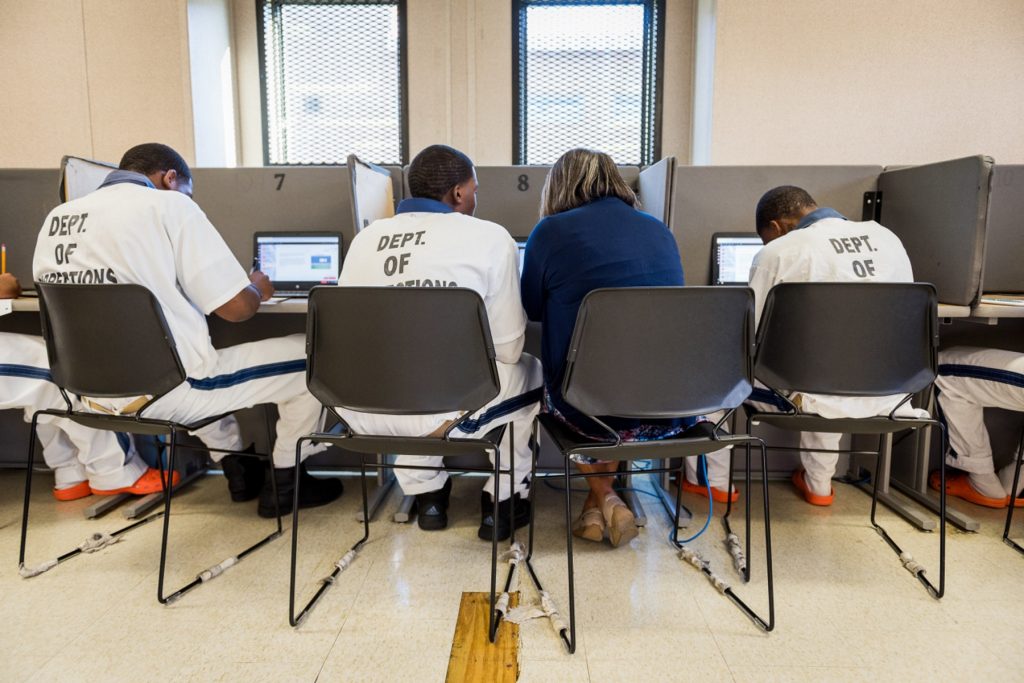
“The thing about the diploma is it’s from Foothills Charter High School … so when they show it, it doesn’t have anything to do with corrections on there,” Jenkins said. “It looks just like a diploma from any accredited high school.”
That’s true because the Southern Association of Colleges and Schools (SACS) has accredited Foothills.
Allen McCannon, Foothills’ regional director for special campuses, says school officials review inmates’ records to develop academic programs specifically for them.
“You get their transcript; you look if a student qualifies for special ed,” McCannon said. “We have special ed teachers. We look at their psychological [evaluations], and we look at what accommodations they need to have to be successful, and they receive those accommodations.”
At Burruss, classes meet Monday through Thursday evenings for about four hours. Students are divided into four classrooms with 15 students each. They work at their own pace. Teachers, some of whom come from their day jobs in nearby school systems, monitor their progress.
“Most of the work is done computer-based, but when they do need the extra help from a certified teacher, those subject-area teachers are there to provide support,” Jenkins said.
Diplomas vs. GEDs
It’s not uncommon for prisons to offer GED programs, but most don’t offer diplomas. Some experts say that could make a difference once inmates are released.
“We know that a high school diploma is better than a GED in the labor market,” said Robert Balfanz, a professor of education and director of the Everyone Graduates Center at Johns Hopkins University.
He says there’s a difference between learning material for a big test — like the GED — and the daily requirements of school.
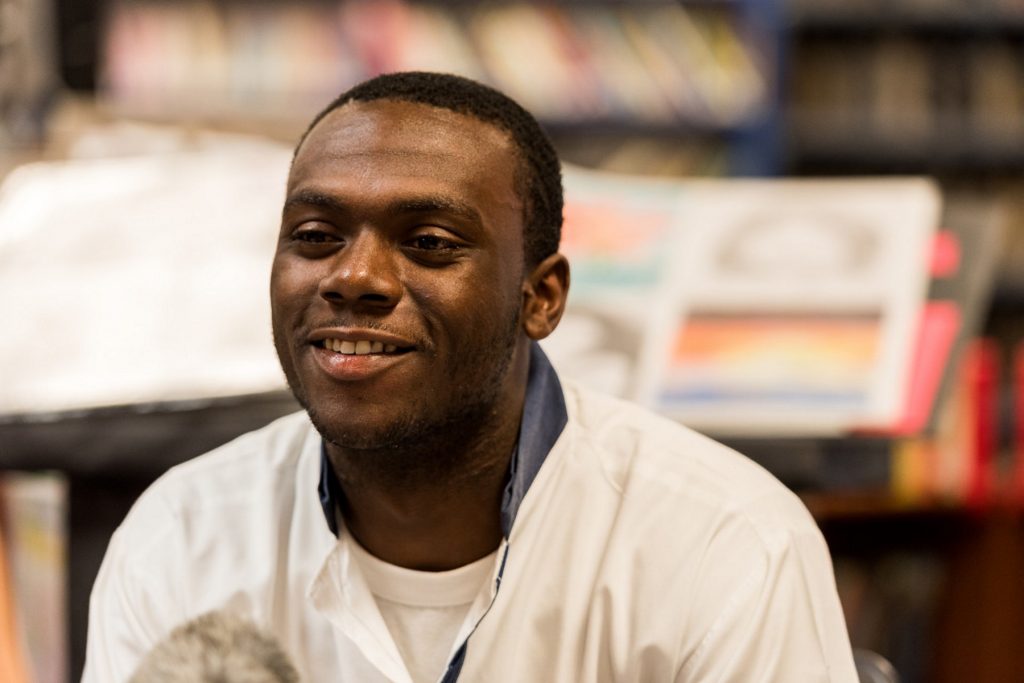
“You’ve got to be able to read different adults with different styles, adjust your response to their style,” Balfanz said. “You’ve got to be able to manage competing demands. You’ve got to be able to keep track of what your stuff is, do it, and get it in on time. That’s a whole host of workplace skills that aren’t captured by just, ‘I know a lot of history or a lot of biology.’”
Hiel Cody believes having a diploma will serve him well.
When the time come[s] up I want to be able to take the opportunity because I had the opportunity before, and I don’t want to just mess it up.”
Hiel Cody, former inmate at the Burruss Correctional Training Center
He’s a former inmate at Burruss. He was working on finishing his diploma when WABE interviewed him in October. He said he planned to go to college.
“I would like to start off at a junior college because I do remember when I was in school I had to get a French class to get into the university or whatever,” Cody said. “So, I’m going to just start off there, get that class in.”
Cody was 21 years old at the time of the interview. He made it to his senior year of high school but didn’t finish. He didn’t want to say what he was in prison for, but he was already planning his life on the outside.
“I just try to think about a Plan B, Plan C, Plan D so I can have everything lined up,” he said.
Cody said he’d like a career in football, baseball or music producing. He also said he’s grateful for the chance to continue his education.
“When the time come[s] up, I want to be able to take the opportunity because I had the opportunity before, and I don’t want to just mess it up,” he said.
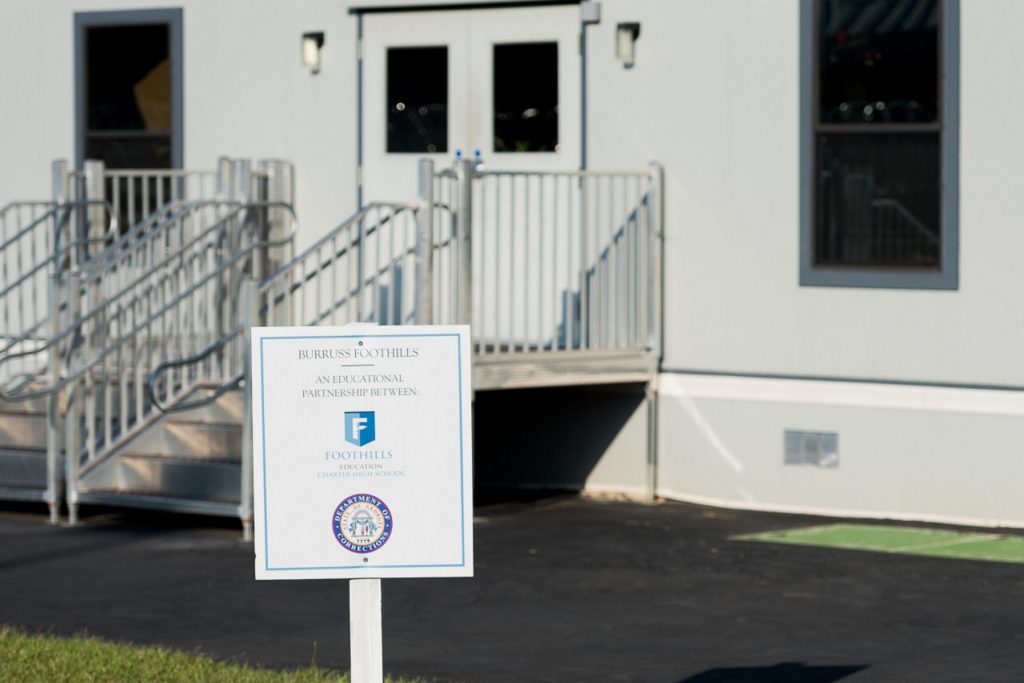
Officials want the same thing.
The point of this program is to give inmates the education they need to move forward, so they don’t return to prison.
The Foothills program was part of former Gov. Nathan Deal’s criminal justice reform plan.
When it began, officials said they wanted to expand the program eventually to all of Georgia’s 34 state prisons. However, the Legislature would likely have to allocate a significant amount of money over time for that to happen.
Read Part 1 of the series here
Read Part 3 of the series here
